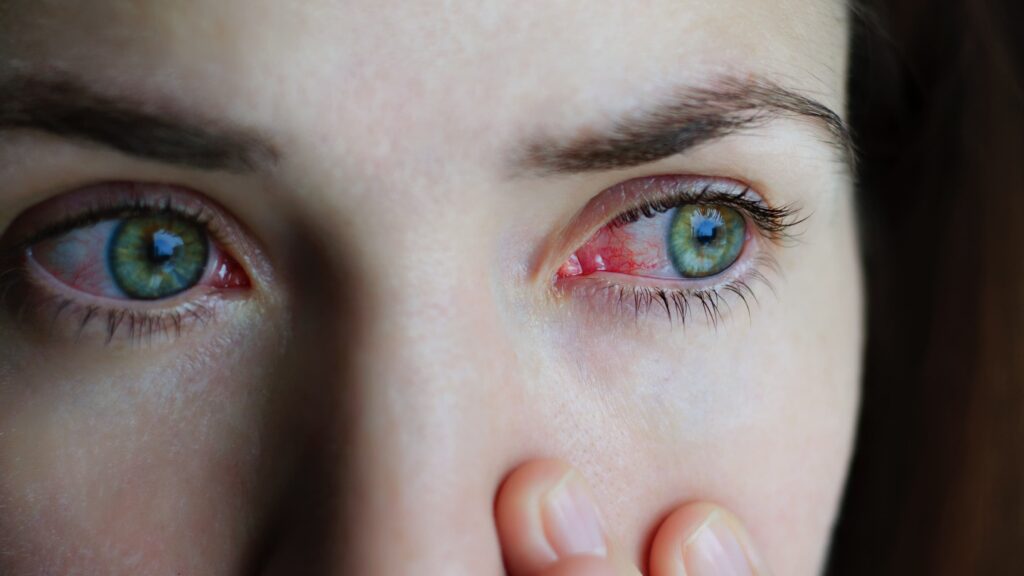Eye Infections

Symptoms, Causes, and Urgent Medical Attention
Eye infections occur when any part of the eye is contaminated by bacteria, fungi, or viruses. Infections can take root in any part of the eye. Common symptoms of eye infections include pain, redness, swelling, discharge, itchiness, and blurry vision. It is likely that they will affect your ability to go about your daily routine. While many infections are minor and will clear up on their own, some are serious and require prescription medications to resolve them. If you’re suffering from one or more of these symptoms and think you might have an eye infection, you should visit your eye doctor.
Common Eye Infections
- Conjunctivitis is commonly known as “pink eye,” is one of the most common ocular infections. This highly contagious condition is the result of a bacterial or viral infection. It can also be the result of an allergic reaction or irritation from a foreign object or substance.
- Styes are localized bacterial infections in the eyelid that are sometimes described as looking like a pimple or boil.
- Blepharitis is an infection along the lash line. It is often the result of the oil ducts that lubricate the eyelashes becoming clogged, leading to infection. While it is a chronic condition that can be difficult to treat, it does not cause long term damage to your eyesight.
- Periorbital or pre-septal cellulitis is another common infection of the eyelid. While anyone can get periorbital cellulitis, the infection is most common in young children.
- Corneal ulcers are open sores on the cornea. They can be very painful and cause severe redness and swelling. If not properly treated, it can lead to vision loss and blindness.
Prevention
Prevention is important for the management of eye infections. Practicing good hygiene like washing your hands and not rubbing your eyes is the best thing you can do to prevent the spread of eye infections. If you wear contact lenses, you should also be sure to take them out and clean them on a regular basis and only handle them with clean hands. This will help ensure you keep harmful bacteria out of your eyes.
If you think you have an eye infection, you should see an eye care professional immediately so they can conduct a comprehensive eye examination.




